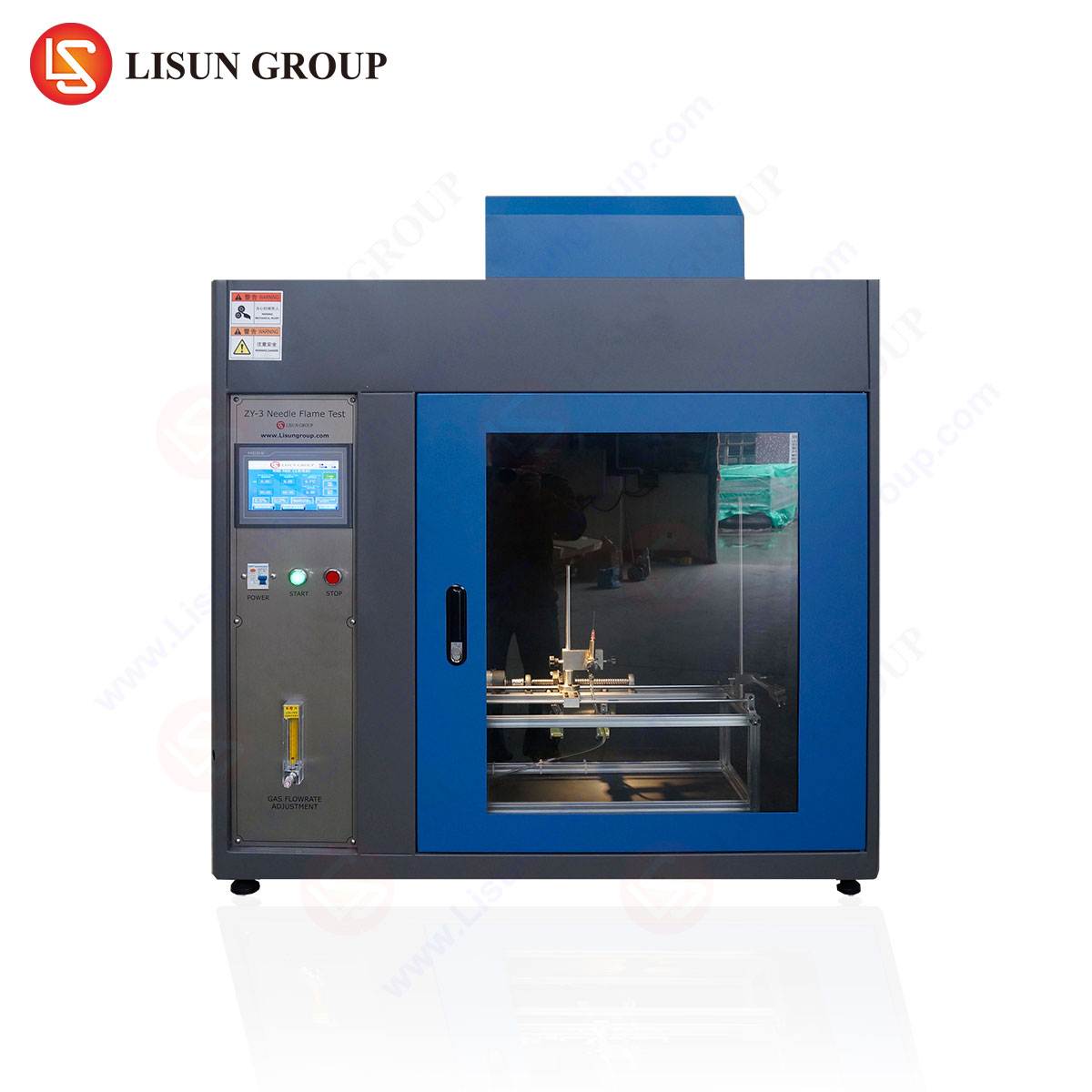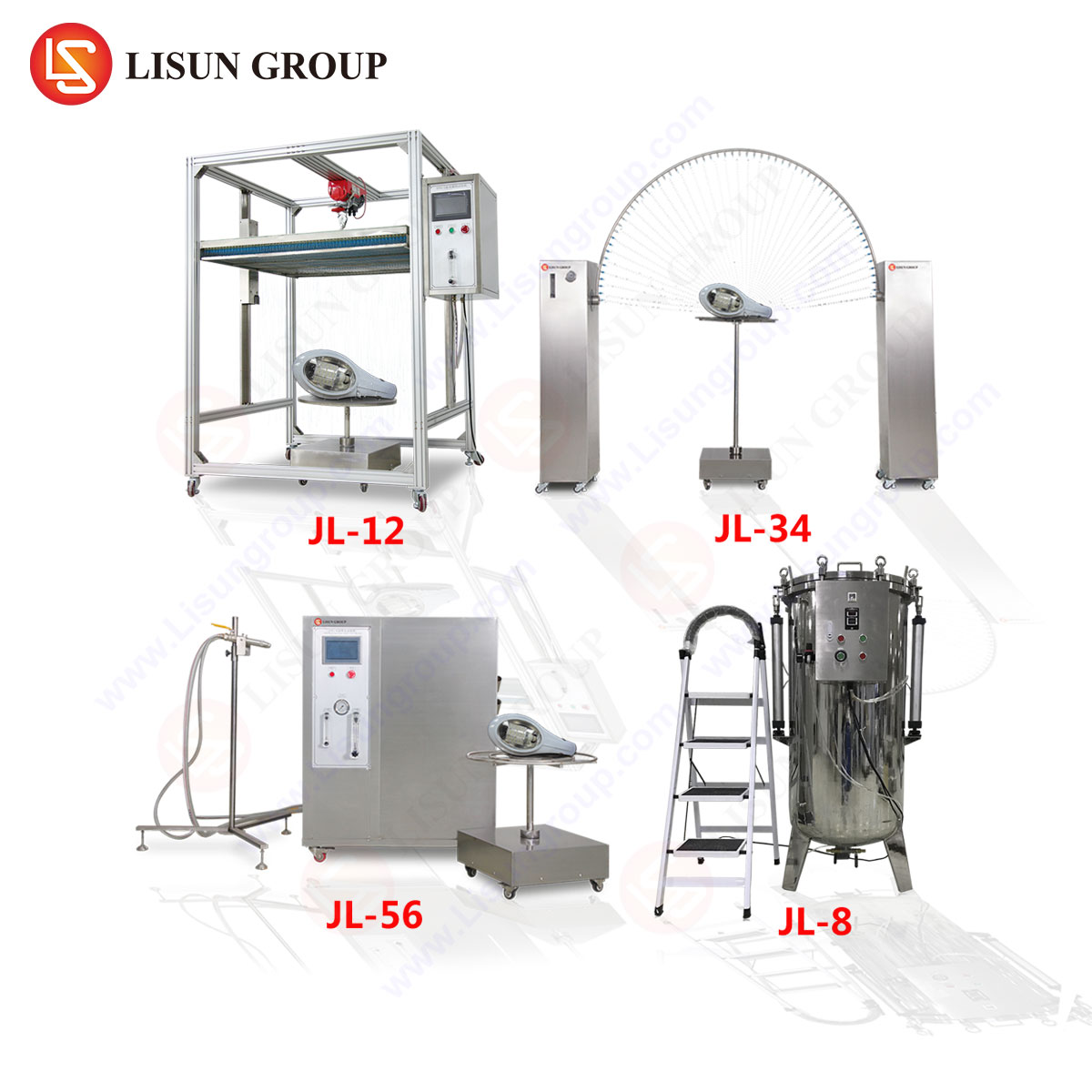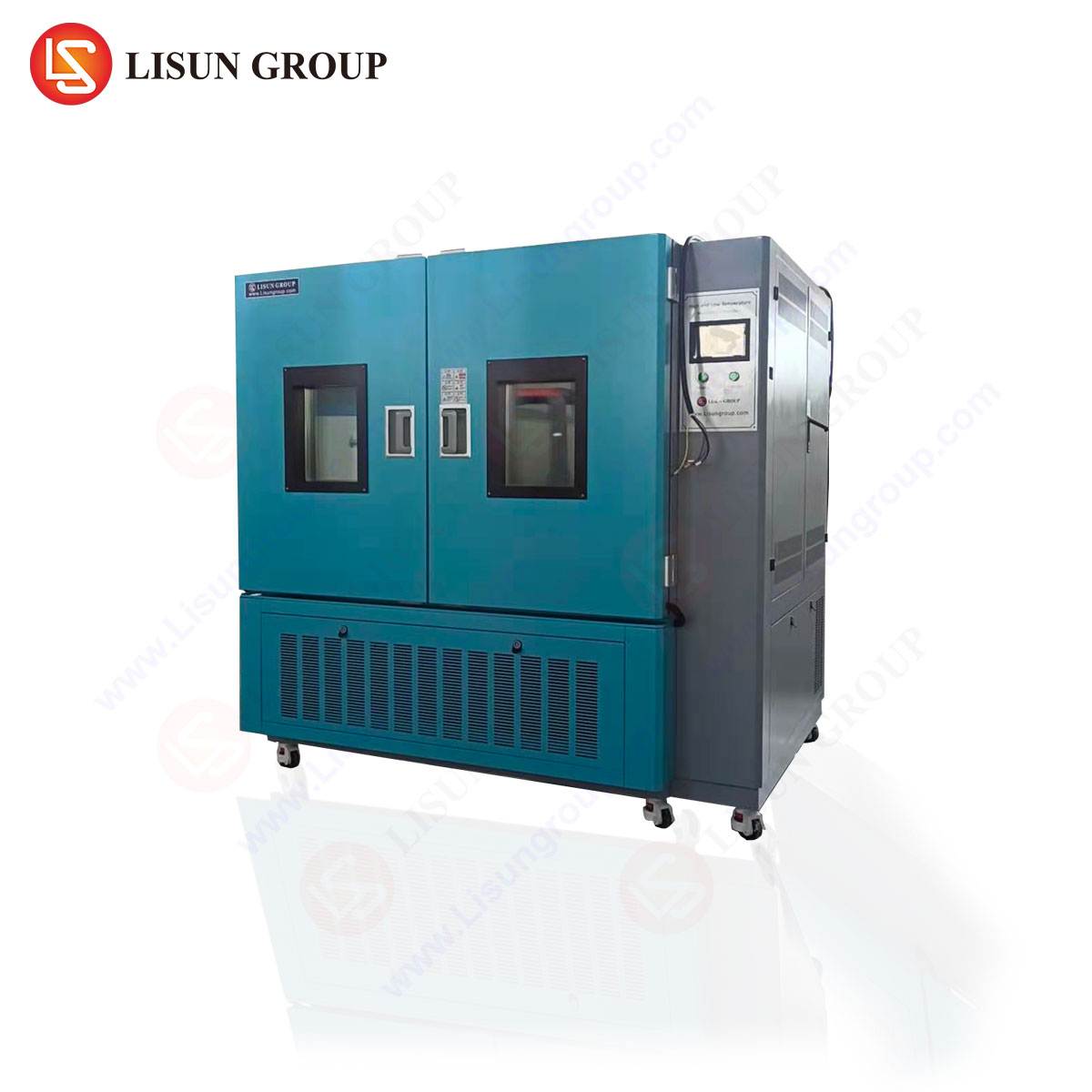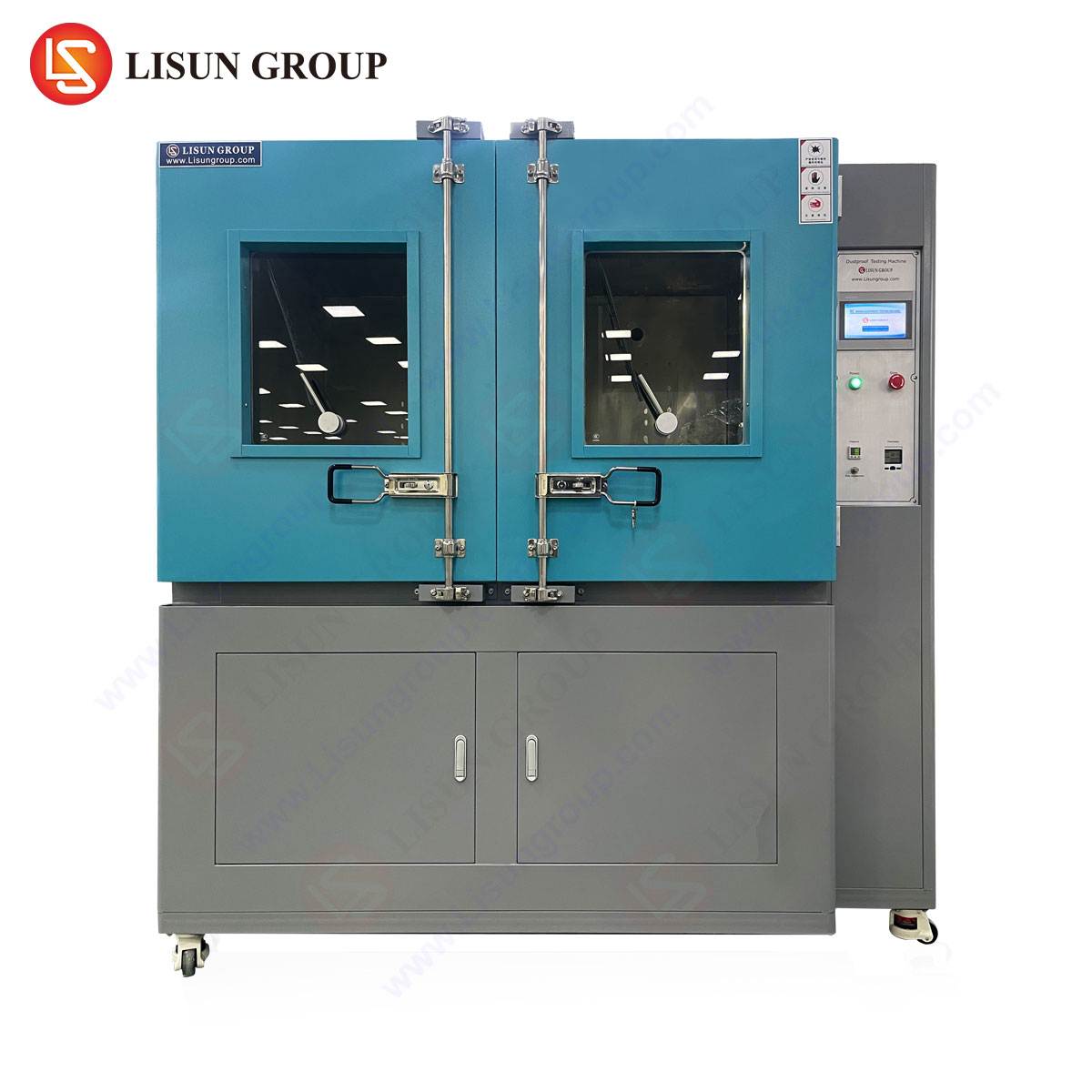Introduction to IEC 60950 and Compliance Testing
IEC 60950, now superseded by IEC 62368-1, remains a foundational standard for evaluating the safety of information technology equipment (ITE) and related electrical devices. Compliance testing under this standard necessitates the use of specialized tools, including test probes, fingers, and pins, to verify protection against electrical hazards, mechanical risks, and accessibility of live parts. Among these tools, the LISUN Test Finger, Test Probe, and Test Pin are critical for assessing compliance with specified safety thresholds.
These instruments simulate human interaction with equipment under test (EUT) to ensure that hazardous components remain inaccessible during normal operation or foreseeable misuse. Their design adheres to strict dimensional and material specifications outlined in IEC 61032, which defines probe geometries for standardized testing.
Design and Functional Specifications of LISUN Test Probes
The LISUN Test Finger replicates the dimensions and articulation of a human finger (typically 12 mm in diameter with a jointed structure) to evaluate accessibility of hazardous parts in devices such as household appliances, industrial controls, and office equipment. Its construction utilizes durable, non-conductive materials to prevent unintended electrical contact during testing.
The LISUN Test Probe (also known as the “articulated probe”) is designed to assess openings in enclosures, ensuring that live parts remain inaccessible. It features a 4 mm diameter tip with a 50 mm insertion depth, conforming to IEC 60950-1 Clause 2.1.1.1. This probe is indispensable in evaluating telecommunications equipment, automotive electronics, and lighting fixtures.
The LISUN Test Pin is a rigid, straight probe with a 1 mm diameter tip, used to verify protection against access to hazardous live parts in small apertures. It is particularly relevant for testing switches, sockets, and children’s toys, where narrow gaps may pose electrical risks.
Testing Principles and Methodologies
The application of these probes follows a systematic approach:
- Accessibility Verification: The test finger is inserted into openings of an EUT to confirm that hazardous voltages or moving parts cannot be contacted. This is critical for medical devices and aerospace components, where user safety is paramount.
- Mechanical Strength Assessment: The articulated probe applies a force of 30 N ± 3 N to assess structural integrity, ensuring enclosures do not deform excessively under stress.
- Clearance and Creepage Evaluation: The test pin checks for adequate insulation distances in high-voltage applications, such as industrial control systems and electrical components.
A comparative analysis of probe applications across industries is presented in Table 1.
Table 1: Industry-Specific Applications of LISUN Test Probes
| Industry | Primary Probe Used | Key Test Criteria |
|---|---|---|
| Household Appliances | Test Finger | Accessibility of live parts in control panels |
| Automotive Electronics | Test Probe | Enclosure integrity in infotainment systems |
| Medical Devices | Test Pin | Compliance with patient-contact safety norms |
| Toy Manufacturing | Test Pin | Prevention of small-part electrical hazards |
Competitive Advantages of LISUN Test Probe Kits
LISUN’s test instruments distinguish themselves through precision manufacturing, adherence to international standards, and enhanced durability. Key differentiators include:
- Material Compliance: Probes are constructed from non-conductive, heat-resistant polymers, ensuring accurate results without influencing electrical measurements.
- Dimensional Accuracy: Tolerances are maintained within ±0.05 mm, exceeding IEC 61032 requirements.
- Ergonomic Design: The articulated test finger mimics natural hand movements, improving repeatability in testing scenarios.
Industry Use Cases and Regulatory Impact
Electrical and Electronic Equipment
In power distribution units (PDUs) and server racks, the LISUN Test Finger ensures that live terminals remain inaccessible during maintenance, aligning with IEC 60950-1 Section 4.2.
Lighting Fixtures
For LED drivers and luminaires, the test probe verifies that openings do not permit access to internal high-voltage circuits, mitigating shock risks per EN 60598.
Aerospace and Aviation Components
The test pin evaluates avionics enclosures for compliance with DO-160G, ensuring that vibration and environmental stress do not compromise safety barriers.
Frequently Asked Questions
Q1: What is the difference between the IEC 60950 and IEC 62368-1 test probe requirements?
While IEC 62368-1 adopts a hazard-based approach, the dimensional specifications for test probes remain consistent with IEC 60950. LISUN probes are compatible with both standards.
Q2: Can the LISUN Test Finger be used for pediatric medical devices?
Yes, its design accommodates testing for accessibility in devices intended for child use, provided supplementary evaluations (e.g., ISO 14971 risk assessment) are conducted.
Q3: How often should test probes be recalibrated?
Annual recalibration is recommended to maintain accuracy, particularly in high-throughput testing environments such as automotive electronics manufacturing.
Q4: Are LISUN probes suitable for evaluating waterproof enclosures?
While they assess mechanical accessibility, additional IP-rated testing (e.g., IEC 60529) is required for waterproofing validation.
Q5: What force is applied during articulated probe testing?
A standardized force of 30 N ± 3 N is applied, simulating accidental user pressure on enclosures.







